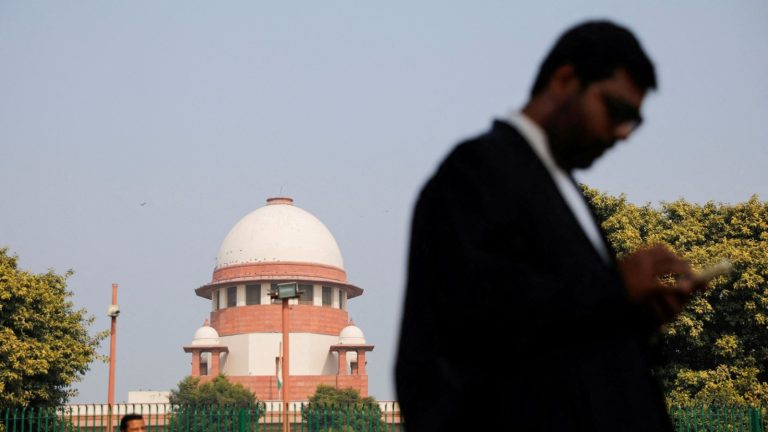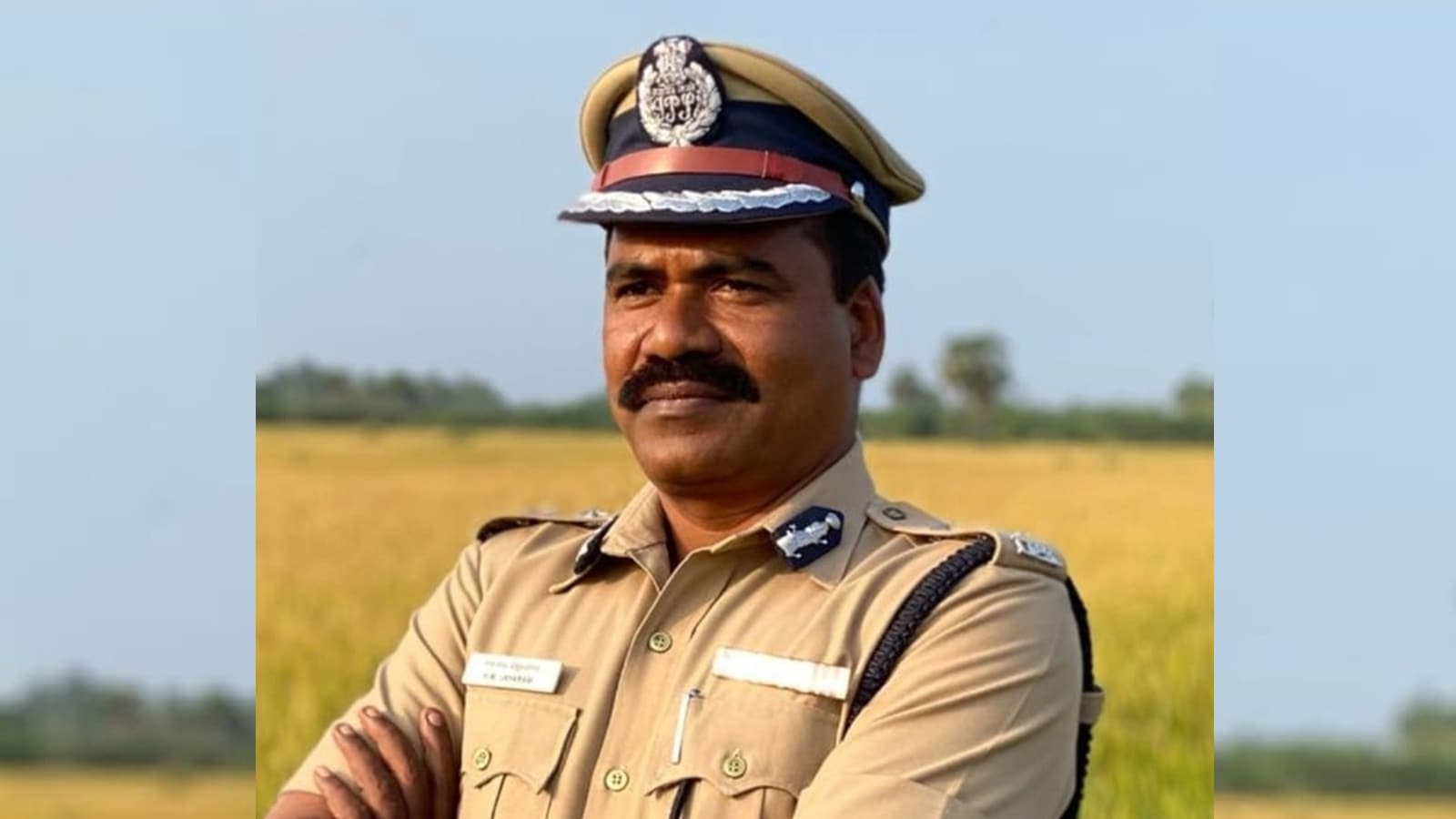In a rare and dramatic turn of events, the Indian government has demoted Pankaj Dwivedi, Executive Director (ED) of Union Bank of India, to the position of General Manager (GM), sending shockwaves through the country’s banking and finance sector. The action, formalized through an official government notification, reverses Dwivedi’s appointment as ED made in March 2024. He has now been reinstated to his previous role as General Manager at Punjab & Sind Bank, marking a significant setback in his banking career and sparking widespread debate about governance in public sector banks.
The demotion of Pankaj Dwivedi has triggered a wave of introspection within India’s public sector banking community. Many senior officials are now re-examining the processes that govern high-level appointments, recognizing that even a single lapse in vigilance or documentation can have far-reaching consequences. This incident has underscored the need for robust internal checks and a culture of transparency that extends from junior staff all the way to the boardroom.
For the employees of Union Bank of India, the news has been both surprising and unsettling. Staff members who once looked up to Dwivedi for his leadership and experience are now grappling with questions about stability and morale within the organization. Leadership transitions, especially those clouded by controversy, can disrupt ongoing projects and strategic initiatives, making it imperative for the bank’s management to restore confidence and maintain operational continuity.
Across the wider banking industry, the case has reignited debates about the criteria for promotions and appointments to executive roles. There is a growing chorus for merit-based selections, free from external pressures or hasty decisions. Industry veterans argue that only by upholding the highest standards of integrity and due diligence can public sector banks safeguard their reputation and fulfill their mandate to serve the public interest.
The episode has also caught the attention of regulatory authorities, who are expected to tighten oversight on future appointments. Enhanced vigilance protocols, more rigorous background checks, and mandatory clearances may soon become the norm, not just for executive directors but for all senior management positions. This shift is seen as essential for restoring public trust and demonstrating that the sector is committed to ethical governance.
Pankaj Dwivedi’s personal journey from a celebrated banking professional to a figure embroiled in controversy is a cautionary tale for aspiring leaders. It serves as a reminder that career advancement must be built on a foundation of integrity, compliance, and transparency. The reputational risks associated with unresolved disciplinary matters can overshadow even decades of service and achievement.
Public reaction to the demotion has been mixed. While some see it as a necessary step to uphold the sanctity of public institutions, others express sympathy for Dwivedi, citing the pressures and complexities of leadership roles in large organizations. Social media discussions reflect a spectrum of opinions, from calls for stricter accountability to concerns about the potential for witch-hunts and politicization of executive appointments.
The government’s decisive action is being interpreted as a signal to other public sector enterprises that lapses in vigilance or ethics will not be tolerated. This could have a ripple effect, prompting similar reviews and corrective measures in other state-owned banks and corporations. The message is clear: adherence to rules and ethical standards is non-negotiable, regardless of an individual’s rank or tenure.
1. Why Was Pankaj Dwivedi Demoted? The Legal and Regulatory Storm
The demotion of Pankaj Dwivedi is rooted in a series of internal reviews and regulatory concerns surrounding his appointment. It is understood that Dwivedi’s elevation to ED at Union Bank of India was challenged due to the absence of mandatory vigilance clearance, a critical requirement for senior appointments in public sector banks. The situation was further complicated by reports of unresolved disciplinary proceedings, which raised questions about the transparency and due diligence exercised during his selection.
The government’s move to cancel his ED appointment and revert him to his earlier GM position at Punjab & Sind Bank is being seen as a direct response to these unresolved issues. The decision underscores the importance of strict adherence to regulatory norms and vigilance protocols in the appointment of top executives in India’s public sector banks.
2. Pankaj Dwivedi’s Background: A Career Marred by Controversy
Before his short-lived stint as ED at Union Bank of India, Pankaj Dwivedi had built a reputation as an experienced banker, serving over three decades in the sector. He holds advanced management qualifications and has completed executive programs at leading Indian institutes, reflecting a strong academic and professional background.
Dwivedi’s appointment as ED was initially seen as a recognition of his expertise and leadership. However, the emergence of unresolved vigilance issues and internal scrutiny quickly overshadowed his achievements. The controversy has now left a significant blemish on Dwivedi’s otherwise distinguished career, raising questions about the processes and checks in place for senior appointments in the banking sector.
3. Impact on Union Bank of India and the Public Sector
The government’s decision to demote a serving executive director is highly unusual and has sent ripples across India’s public sector banking landscape. Industry observers note that such decisive action underscores the increasing emphasis on transparency, accountability, and strict adherence to regulatory norms in public appointments. The episode has also sparked discussions about the robustness of the appointment process for senior roles in public sector banks and the critical role of vigilance vetting.
Union Bank of India, which had announced Dwivedi’s appointment for a three-year term, was quick to inform stakeholders about the government’s cancellation order. The bank did not cite specific reasons in its official communication, but the connection to internal reviews and lack of vigilance clearance was widely acknowledged. The incident is expected to prompt a review of internal controls and appointment procedures within the bank and possibly across the sector.
4. Broader Implications: Vigilance, Public Trust, and Sector Reforms
The controversy surrounding Pankaj Dwivedi’s demotion has reignited debate about the importance of vigilance clearance and ethical vetting in public sector appointments. Experts argue that the case highlights the need for greater transparency and due diligence, especially when allegations of serious misconduct are involved. The government’s swift response is being viewed as a step towards restoring public trust and reinforcing the integrity of India’s banking system.
This episode may also influence future reforms in the selection and vetting of senior executives in public sector undertakings. Stakeholders are calling for stricter enforcement of clearance requirements, more rigorous background checks, and enhanced accountability for appointing authorities. The government’s willingness to act decisively in the face of legal and ethical challenges is likely to set a precedent for similar cases in the future.

Looking Ahead: What’s Next for Pankaj Dwivedi and the Sector?
As the situation continues to unfold, all eyes are on the final outcome and its implications for Pankaj Dwivedi’s future in banking. For now, he resumes his previous role as General Manager at Punjab & Sind Bank, but the shadow of controversy is likely to linger. The case also serves as a cautionary tale for other public sector executives and highlights the risks of overlooking mandatory regulatory checks in high-level appointments.
Industry Reactions: Mixed Sentiment and Calls for Reform
The banking industry’s response to the government’s move has been mixed. While some insiders see it as a necessary corrective measure, others express concern about the reputational impact on Union Bank of India and the morale of senior executives. Industry associations are urging the government to ensure that future appointments are conducted with the utmost transparency and adherence to established norms, to prevent similar controversies from arising.
Public Discourse: Trust, Accountability, and the Way Forward
The demotion of a high-profile executive like Pankaj Dwivedi has become a talking point in public discourse, with citizens and stakeholders debating the broader issues of accountability, trust, and governance in India’s public sector. The case is being closely watched as a test of the government’s commitment to clean and transparent administration, especially in institutions that handle public money and trust.

Conclusion: A Defining Moment for Indian Banking Governance
The demotion of Union Bank of India executive director Pankaj Dwivedi is a defining moment for governance in India’s public sector banks. It underscores the critical importance of vigilance clearance, ethical vetting, and adherence to due process in senior appointments. As the sector moves forward, the lessons from this episode are expected to shape reforms, strengthen public trust, and reinforce the values of transparency and accountability at the highest levels of India’s financial institutions.
For Union Bank of India, the immediate priority is to ensure a smooth leadership transition and reassure stakeholders of the bank’s stability. The board and senior management are expected to communicate openly with employees, customers, and investors, outlining steps being taken to strengthen governance and prevent future controversies.
Looking ahead, the incident is likely to trigger broader reforms in the way public sector banks manage appointments, promotions, and internal investigations. There may be calls for greater involvement of independent directors, external experts, and regulatory observers in the selection process to ensure impartiality and thoroughness.
Ultimately, the demotion of Pankaj Dwivedi is a watershed moment for India’s banking sector. It highlights the delicate balance between ambition and accountability, and the enduring importance of public trust in institutions that manage the nation’s wealth. As the sector moves forward, the lessons learned from this episode will shape the next generation of leaders and set a new benchmark for ethical governance in Indian banking.

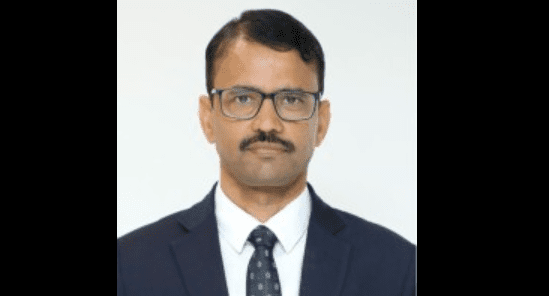
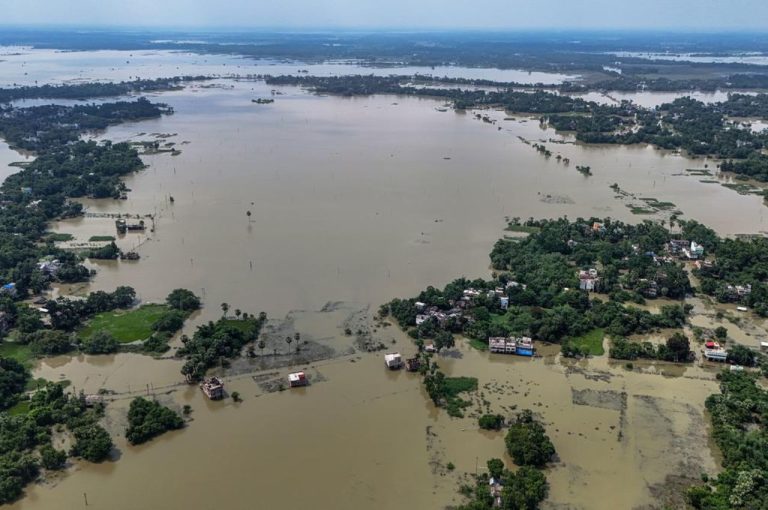
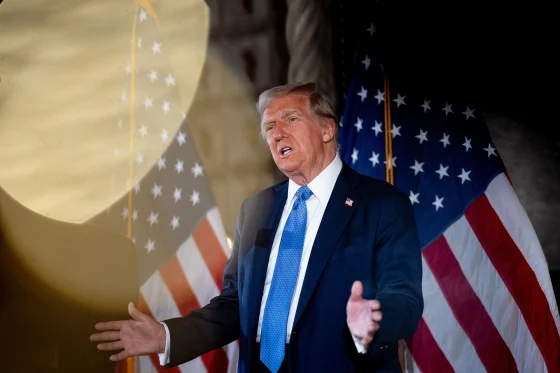



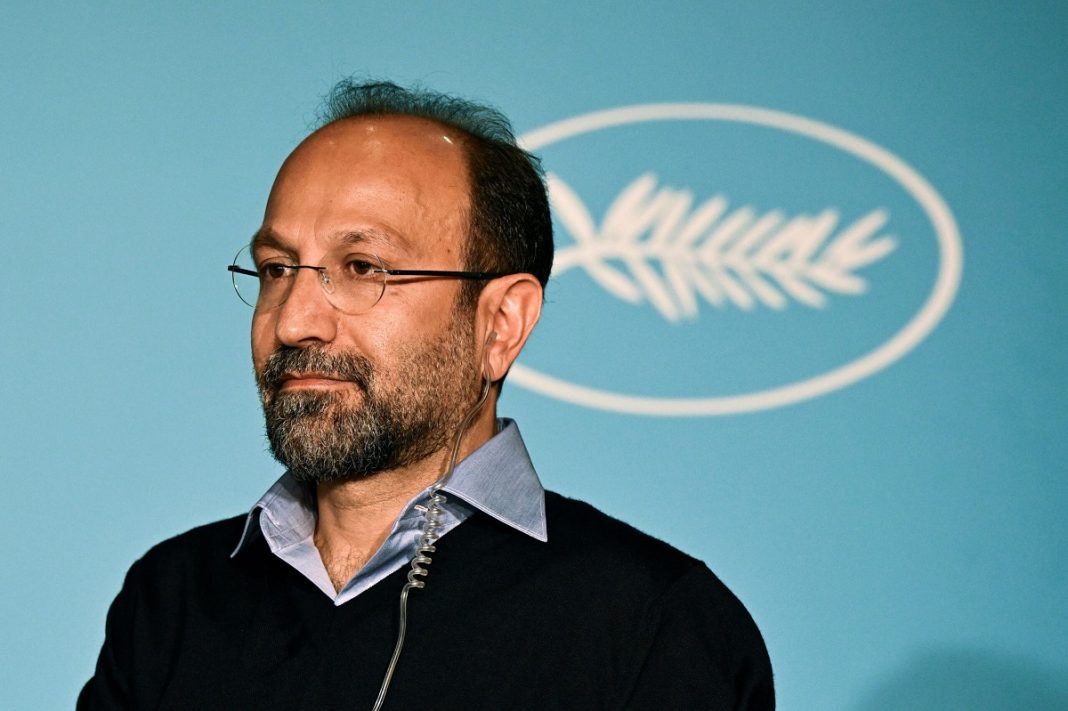


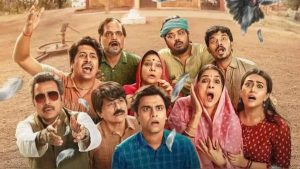




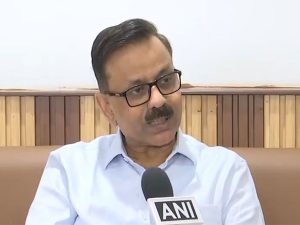



)








